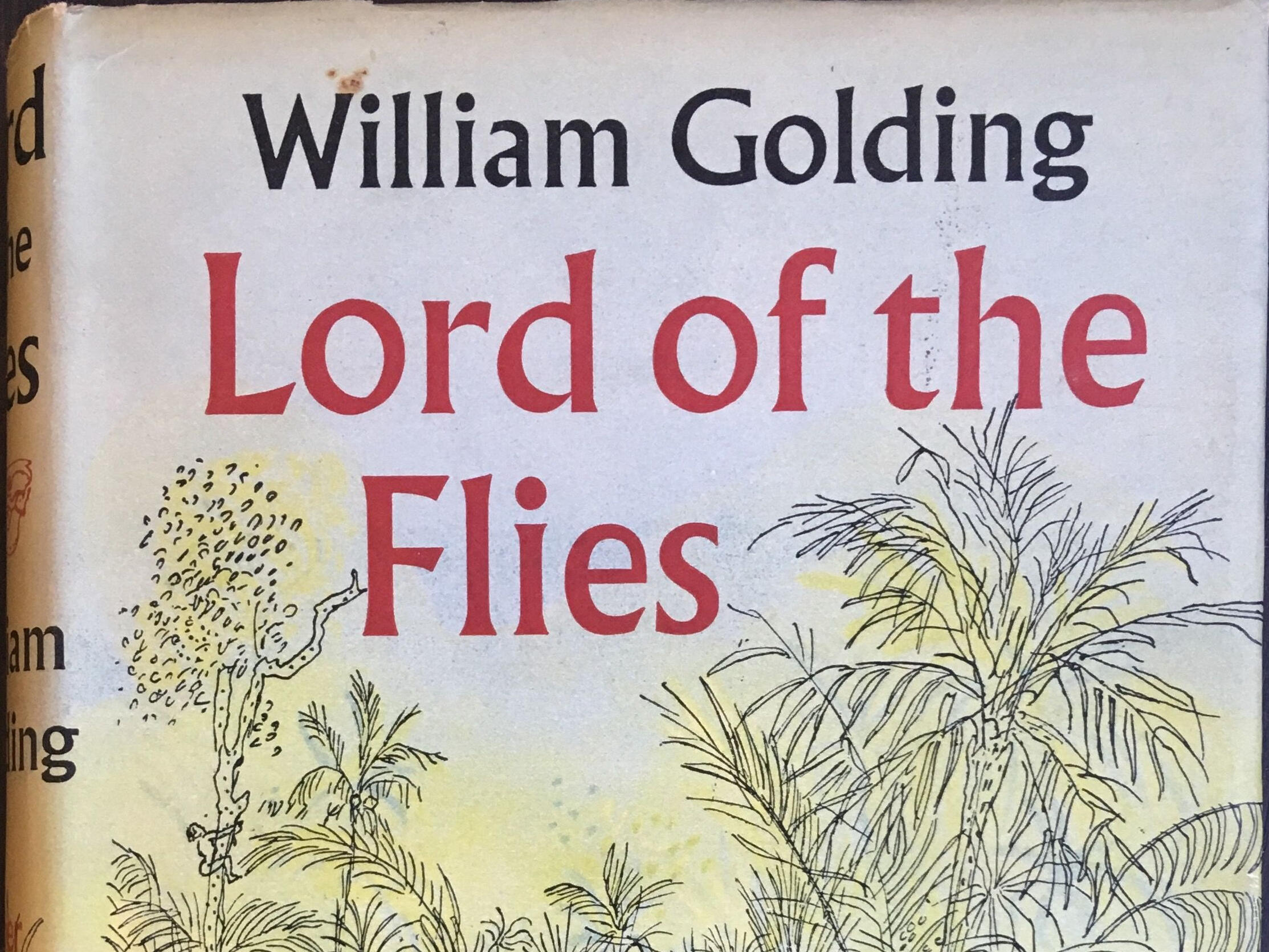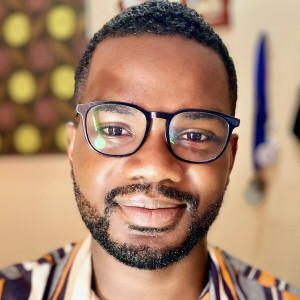Lord of the Flies, by William Golding, is one of the most studied novels in English literature. A group of young British boys becomes stranded on a deserted island and struggles to remain civilized without any adults to keep them in check. While it seems like the predicament could be lighthearted or turn into a story about friendship, it instead becomes an exploration into the darkness of human behavior and the breakdown of social order. Find out more about the background of the book, as well as character and theme analysis.

Historical Context
When Lord of the Flies was written, the world was recovering from World War II. Many authors of the time period used writing as a way to process the horrors of the war, especially since many of the authors were soldiers themselves. They also used storytelling as a way to examine the things that led to the war and reflect on the nature of man. Some also wrote stories that functioned as a kind of escapism informed by collective trauma. Others wrote not about war, but their harrowing experiences influenced their craft.
For example, some other authors at this time who used writing to cope, comment on society, and provide relief to readers after WWII include:
- Kurt Vonnegut - Slaughterhouse-Five (1969)
- James Jones - From Here to Eternity (1951), The Thin Red Line (1962)
- John Steinbeck - Cannery Row (1945)
- Joseph Heller - Catch-22 (1961)
- George Orwell - 1984 (1949), Fahrenheit 451 (1953)
This was not a new tradition; many authors were influenced by their time in the service in WWI and other wars in the same way (including J.R.R. Tolkien and C.S. Lewis).
Golding was greatly affected by the destruction, brutality, and collapse of morality and humanity he saw as a soldier. He had been a naval officer and witnessed the horrors of war firsthand. He became convinced that war isn’t just the result of politics and bad leaders; it’s possible because within every person exists some form of evil.
Additionally, society at the time was also living in fear because of the Cold War and the threat of nuclear attack. Everyone was more sensitive to the fragility of the situation, afraid that peace, civilization, and life as they knew it could end in an instant at any moment.
That idea was reflected in Lord of the Flies as the boys find their entire lives upheaved instantly. The island was a metaphor for a microcosm of the whole world. If nuclear war did break out, how many people would find themselves completely without resources, how many children would be orphaned, and how would society handle the collapse?
The Coral Island was a novel published in 1857. It also featured a group of boys stranded on an island alone, but they became heroic and steadfast in their moral values. William Golding read it and was not impressed; he thought it was completely romantic and unrealistic. Lord of the Flies is a direct response, where Golding, pessimistically, wrote what he thought would actually happen in that situation, emphasizing fear, jealousy, and aggression.
Detailed Summary of Lord of the Flies
The book is often disliked by those who have to read it for school because of its pessimistic and cynical messages. Instead of treating the novel like a universal truth, the same way we might treat the message of corruption in To Kill a Mockingbird, for example, it can help to critically think about Lord of the Flies and identify which things you agree with and disagree with, and why. Examine the story and symbolism and decide if it seems like an accurate portrayal of the heart of man.
The Arrival on the Island
The book begins with a group of about two dozen British schoolboys (ranging from 6 to 12 years old) who find themselves stranded on a tropical island after their plane crashes. The boys are the only survivors. Among them are the main characters: Ralph, Jack, Piggy, Simon, Roger, Sam, and Eric.
At first, the boys are excited by the idea of freedom. Ralph and Piggy find a conch shell, which Ralph uses to call meetings. The boys elect Ralph as their leader because of his level-headedness, maturity, and because he had the conch shell. Jack is placed in charge of hunting to appease him since he wasn’t named chief.
We’ve got to have special people for looking after the fire. Any day there may be a ship out there… and if we have a signal going they’ll come and take us off. And another thing. We ought to have more rules. Where the conch is, that’s a meeting. The same up here as down there.
Ralph
Initially, they behave the way you might expect. They agree to do what they can to stay organized and survive while working on maintaining a signal fire so they can get rescued.
But even in the beginning, small tensions appear. Jack resents Ralph’s leadership and becomes obsessed with hunting rather than helping with shelters or the signal fire. Piggy’s intelligence is ignored by most of the boys, who mock his appearance and voice. Simon, the quiet, contemplative character, senses something dark lurking in the boys.
Where Golding used British society as the measuring stick against which to see how feral the boys became, George Orwell wrote 1984 to warn about the dangers of leaving too much power to the government to dictate the morals of society.

The Struggle for Power and Order
As time passes, the boys start to grow wild and chaotic. Jack and his hunters grow more “savage,” painting their faces and chanting as they hunt pigs. The fire is neglected as the boys give in to their “primal instincts” and seem to want to stay on the island, away from rules and stuffy society.
When a ship passes by unnoticed, Ralph and Piggy are furious; they still believe in the original mission and want to be saved. This moment marks the turning point between order and chaos.
Bollocks to the rules! We’re strong – we hunt! If there’s a beast, we’ll hunt it down! We’ll close in and beat and beat and beat - !
Jack
Fear starts to take hold. The younger boys talk about a mysterious “beast” living on the island. The older boys mock the idea but secretly feel uneasy, too. The “beast” becomes a symbol of their collective fear and imagination. It can be seen as a symbol of the hidden darkness lurking inside all of them, and as mob mentality or mass hysteria.
Ralph tries to keep order through meetings and rules, but Jack refuses to cooperate any longer.
The boys split into two groups: Ralph’s, which still hopes for rescue, and Jack’s, which gives in to savagery. Jack’s tribe prioritizes hunting, feasting, and power over safety or reason.
Animal Farm also tackles the concept of twisting words and ideas into something new.
The boys are overtaken by their inner wild nature and the alluring prospect of freedom from the rules of society. They forget to tend the fire, which was once their top priority, because the "beast" inside them is starting to take hold.
Descent into Savagery
Violence escalates as the boys lose their sense of morality. Simon has a vision in which the severed pig’s head (the “Lord of the Flies”) seems to speak to him, revealing that the true beast is not an external “beast” prowling around, but is actually the evil within each person. When Simon later stumbles upon the boys’ wild feast to share this realization, they mistake him for the beast and kill him in a frenzy.
Maybe there is a beast… Maybe it’s only us.
Simon
Piggy and Ralph are horrified, but they are powerless to stop the downslide of their little society. Jack’s hunters steal Piggy’s glasses to make a fire. When Ralph and Piggy confront them, Piggy ends up being killed in the encounter. The conch is destroyed, symbolizing the final collapse of order.
By the end of the novel, Ralph is hunted by the other boys, who have turned completely feral. They set the island on fire to flush him out. Just as Ralph is about to be killed, a naval officer arrives, drawn by the smoke. The boys break down in tears, realizing what they have become and that they can’t take it back.
The Great Gatsby also explores the idea of moral corrosion, but in a wealthy suburb instead of a deserted island.

Analysis of Themes and Symbols
To reiterate, Golding was very pessimistic and cynical about the subject matter of this book. Much of the reason teachers use this book in class today is to have students think critically about whether they agree with the ideas and symbols, or if they think Golding was being too critical. It’s an important lesson in literacy: just because it’s in a book, and just because that book is popular, does it mean it’s correct?
If your teacher insists that the symbolism and themes should be taken at face value, you can aim to provide an alternative viewpoint in your essays and tests by preparing well-researched counterpoints!
Here are the most important points to note in any Lord of the Flies analysis.
Civilization vs. Savagery
The main conflict in Lord of the Flies is the struggle between civilization and savagery.
Golding was completely disillusioned and disenchanted by what he saw in the war. It made him believe that in each person’s heart was a lot of darkness just waiting for an opportunity to be released. He aimed to loudly state his opinion, which was a rebuttal to The Coral Island, by stating, “No, these boys would not band together. Instead, they would be ripped apart by their bestial natures, which reside in us all.”
In his other life Maurice had received chastisement for filling a younger eye with sand. Now, though there was no parent to let fall a heavy hand, Maurice still felt the unease of wrongdoing. At the back of his mind formed the uncertain outlines of an excuse.
Lord of the Flies (when the boys start realizing they don't need to worry about consequences from adults anymore)
Ralph represents order, rules, and cooperation. Jack represents chaos, power, and primal instincts. The island becomes a test of which force will prevail. Without the external structures of society, parents, teachers, etc., how will the boys maintain their civility and morality?
Golding insists that civilization is fragile and that it depends on shared beliefs and structures that can easily collapse. When fear and base, impulsive desire take over, moral behavior disappears.
The message is not that humans are entirely evil, but that without social structure, darker instincts can emerge quickly.

Loss of Innocence
Golding explores the loss of innocence in a Biblical sense. The group starts out as playful, innocent schoolchildren. The island is a reference (allusion) to the Garden of Eden. It’s even referenced specifically as a “coral island,” again poking at the previous novel, which treated the boys’ island adventure as a more wholesome one.
But, like the full story of Adam, the boys become corrupted. Simon is a Christ-like character, and when the boys kill him, it signals their complete moral deterioration.
When the boys are rescued, the sudden reintroduction of the rules, expectations, and consequences of society scares them all into realizing what they’ve done; they comprehend their sins.
The island exposes a truth that is hidden in civilization: cruelty and aggression can (and according to Golding, do) live inside ordinary people and take them over when given the chance. Lack of self-awareness allows evil to emerge from within.
In Hamlet, the main character worries too much about morality rather than not enough, like the boys.

Fear and the “Beast”
The “beast” or “beastie” symbolizes the boys’ internal fear, and specifically the fear of their own inner natures. It starts as a rumor among the youngest children, but it grows into a shared belief that shapes their actions. In reality, it's the body of a dead paratrooper.
The fear of the beast allows Jack to gain control, using it to justify violence and authoritarianism. When Simon realizes the “beast” is their own inner darkness, he is ignored, and later he is killed by the group who mistake him for the beast itself. Really, he was a mirror, and they were seeing their own reflections.
Golding suggests that fear often leads people to create enemies or symbols of evil rather than face their own flaws.
"Kill the beast! Cut his throat! Spill his blood! Do him in!” The sticks fell and the mouth of the new circle crunched and screamed. The beast was on its knees in the center, its arms folded over its face.
The mob attacking Simon, thinking he is the beast
Piggy’s Glasses
Piggy’s glasses symbolize knowledge, rationality, and intellect, especially as a survival tool. They are used to light the signal fire, which is an act of cooperation, innovation, and use of tools that can only happen in a civilized society and with advanced (non-primitive) thinking. Their fragile nature highlights the very thin barrier keeping the boys civil.
When Jack’s group steals them, it symbolizes the loss of hope and reason, and the severed ties to a civilized world. The feral boys’ nature is to destroy their last bit of humanity, even though it could be a death sentence in the end. The broken glasses reflect how logic and truth become distorted as savagery takes over.

The Conch Shell
The conch represents order, democracy, and communication. It allows the boys to gather and speak in turn, creating a sense of structure. As long as the conch is respected, civilization survives. Ralph gets to be the leader because he wields the conch. When it is destroyed along with Piggy (the most intelligent boy), it signals the end of reason and civility. Chaos takes hold in its absence.
The Lord of the Flies (The Pig’s Head)
The pig’s severed head on a stick becomes the “Lord of the Flies,” a physical symbol of evil and corruption. From a Biblical standpoint, it represents Beelzebub, aka Satan.
It represents the power of fear, temptation, and evil impulses. When Simon confronts it, the scene feels spiritual: a vision of humanity’s inner darkness. Again, Simon represents a Christ figure, so to have him face the representation of Satan and realize the truth, and go on to try to warn the others to save them, makes sense. If the boys had embraced Simon, they could have avoided the Devil’s temptations.
The book is about the “Lord of the Flies” in the hearts of all people, that is, the sin and devilish temptations within.
Is "Lord of the Flies" a fair assessment of human nature?
Character Analysis
The characters in the novel each represent specific facets of society and human nature. They can be thought of as exemplifying the different sects of people found in society (keep in mind the book centers specifically on British society in the 1940s-50s). Here are the main characters to know in Lord of the Flies.
Ralph
Ralph begins the novel as a symbol of leadership and order. He values structure, fairness, and rescue. He is naturally elected as the leader because of his calm and confident demeanor. Ralph has the strongest connection to the average British expectation of society.
Throughout the story, he struggles to maintain authority as chaos spreads. His leadership is based on reason, not fear, which makes him weaker in the face of Jack’s aggression. The other boys react more strongly to violence and fear (reflecting how people act in the real world) than they do to rationality.
Ralph’s growth comes from realizing that good intentions alone cannot protect people from their darker impulses, which are stirred up by fear.
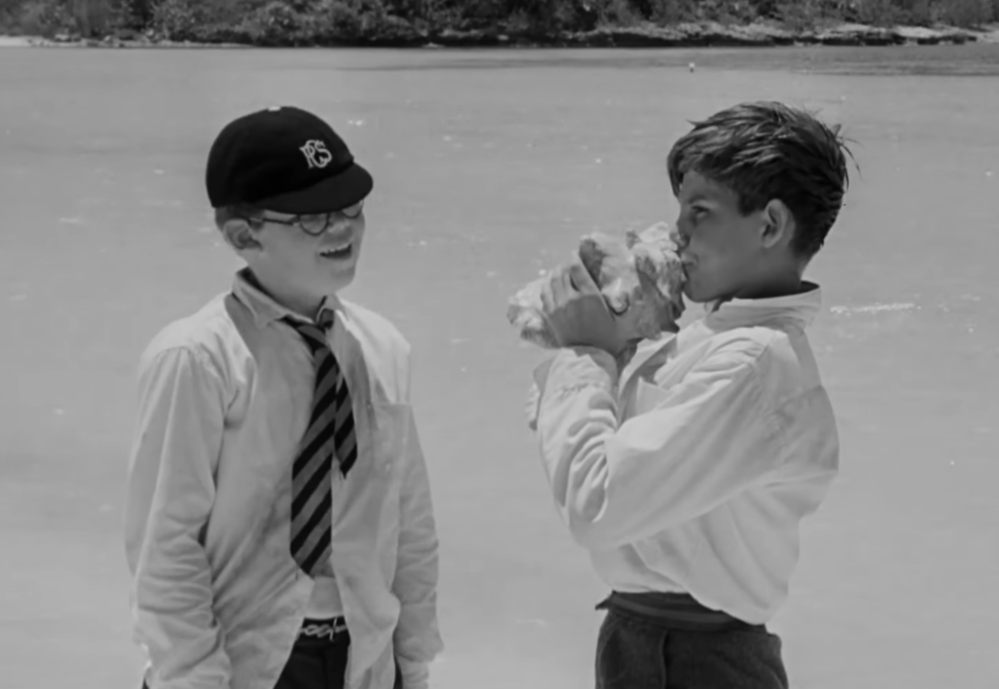
Piggy
Piggy is the voice of reason and intellect. He is the smartest boy in the group, but because he isn’t as good-looking, he is mostly disregarded and even tormented.
He understands the need for rules and logic, which is why he supports Ralph. But his physical weakness and lack of social skills make him an outcast, despite his proximity to the leader. The other boys dismiss him, even though his ideas are often the most practical.
His death marks the complete rejection of rational thought and moral order.
Jack
Jack represents the instinct for power and dominance. A militant presence, he quickly rejects the normal rules in favor of an authoritarian structure that puts him at the top instead of Ralph. He uses fear to persuade the younger boys to cling to him, promising to keep them safe.
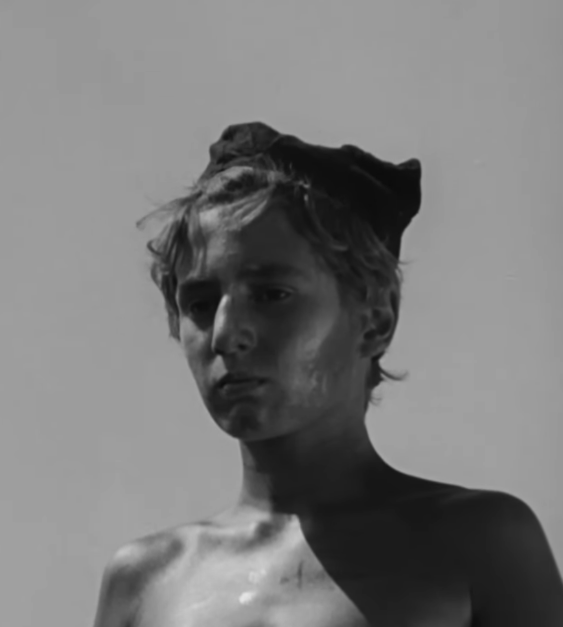
He embraces the wildness of the island, a place where he can invent his own rules.
He embodies savagery, including frenzied hunting, painting his face, and using violence to control others.
His rapid transformation from a normal (albeit intense) schoolboy to a violent cult leader shows how quickly a person can be corrupted when they don’t have to submit to social consequences or imposed moral guidelines.
Simon
Simon is the novel’s moral and spiritual center. He is kind, reflective, and connected to nature. He is also fragile. His insight into the “beast” sets him apart from the others, but his attempt to share the truth ends in denial (death) as the other boys lose their humanity. Simon’s death symbolizes the destruction of wisdom and innocence as the boys’ inner evil takes hold.
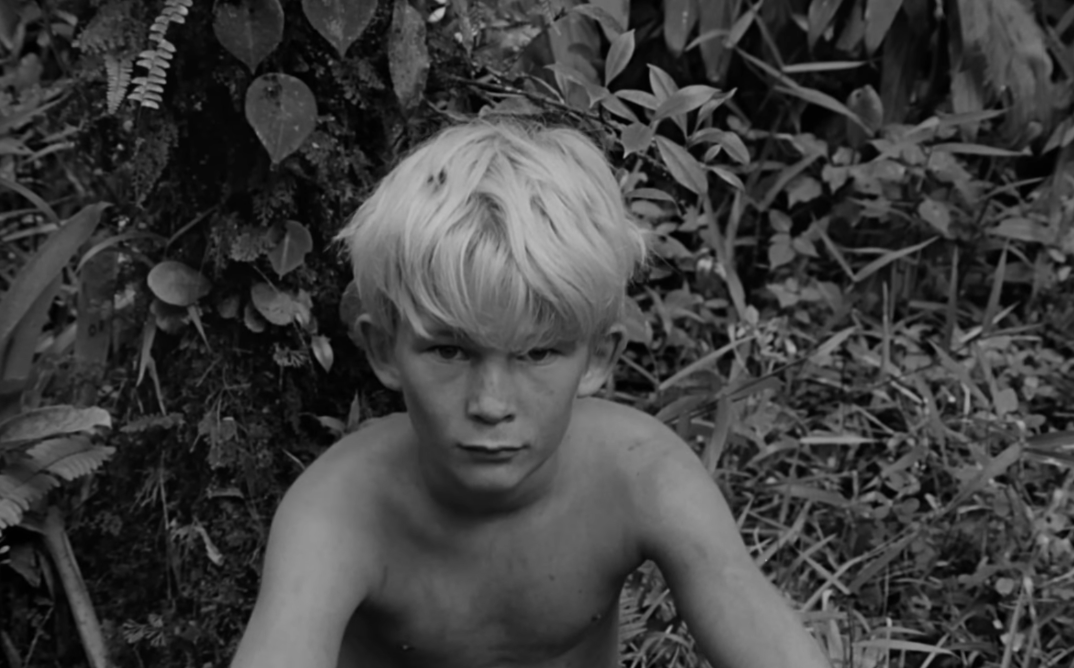
Lord of the Flies Quiz
Preparing for your English literature class with classic novels? Here are some of the most important topics you need to know for Lord of the Flies! Make sure you study so you understand the book and its messages!

